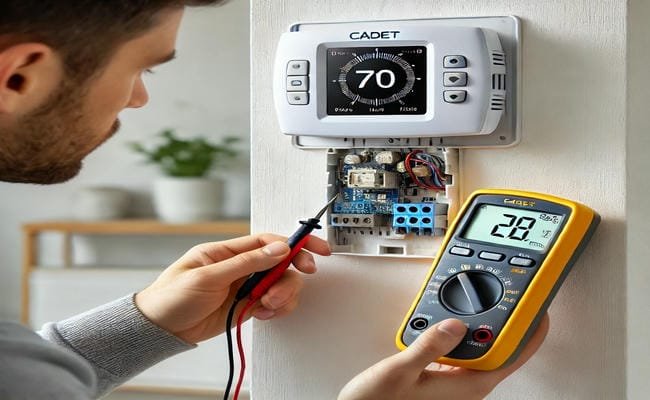
How To Rebind Fast Zipline Deadshot
January 19, 2025
How To Refill Blessing Of Marika
January 19, 2025Rebuilding a Holley 12-327-13 carburetor can significantly improve the performance and efficiency of your Chevy engine. Whether you’re a seasoned mechanic or a DIY enthusiast, following a structured approach ensures a smooth rebuild process. Here’s a detailed guide, along with resources like PDF manuals and YouTube tutorials, to help you get the job done right.
Why Rebuild a Holley 12-327-13 Carburetor?
- Restore Performance: Eliminates rough idling, poor acceleration, and fuel inefficiency.
- Cost-Effective: Cheaper than replacing the entire carburetor.
- Custom Tuning: Allows adjustments tailored to your Chevy’s engine specs.
Tools and Materials Needed
- Holley 12-327-13 rebuild kit
- Screwdrivers (flathead and Phillips)
- Wrenches and socket set
- Carburetor cleaner
- Compressed air
- Clean workspace and safety gear
Steps to Rebuild the Holley 12-327-13 Carburetor
1. Remove the Carburetor from the Chevy Engine
- Disconnect the battery to avoid electrical hazards.
- Remove fuel lines, linkages, and the mounting bolts.
- Carefully lift the carburetor from the intake manifold.
2. Disassemble the Carburetor
- Place the carb on a clean workbench.
- Remove the float bowl screws, metering blocks, and gaskets.
- Keep small parts organized to avoid confusion during reassembly.
3. Clean All Components
- Soak metal parts in carburetor cleaner to remove deposits.
- Use compressed air to clear out small passages.
- Inspect parts for wear—replace damaged components using the rebuild kit.
4. Rebuild with the New Kit
- Install new gaskets, seals, and diaphragms from the kit.
- Adjust the float level according to the Holley manual.
- Reassemble the carb, ensuring all screws are tightened securely.
5. Reinstall the Carburetor
- Mount the carb back onto the intake manifold.
- Reconnect fuel lines, linkages, and vacuum hoses.
- Double-check all connections for leaks.
6. Tune and Test
- Reconnect the battery and start the engine.
- Adjust the idle mixture screws for optimal performance.
- Test drive the vehicle to ensure smooth acceleration and idle stability.
Tips for a Successful Rebuild
- Document Each Step: Take photos during disassembly to guide reassembly.
- Work in a Clean Area: Prevent dirt from contaminating carburetor parts.
- Reference PDF Guides: Use official Holley manuals for precise specs.
Troubleshooting Common Issues
- Rough Idle After Rebuild?
- Check for vacuum leaks and recheck float adjustments.
- Fuel Leaks?
- Ensure gaskets are seated properly, and screws are tightened evenly.
- Poor Acceleration?
- Verify the accelerator pump diaphragm is installed correctly.
Helpful Resources
- PDF Manuals: Download official Holley carburetor rebuild guides for part diagrams and settings.
- YouTube Tutorials: Watch step-by-step rebuild videos for visual guidance on complex steps.
Also Read: How To Rebind Fast Zipline Deadshot
Conclusion
Rebuilding a Holley 12-327-13 carburetor for your Chevy is a rewarding process that enhances engine performance. By following the right steps, using proper tools, and referring to PDF manuals and YouTube guides, you’ll restore your carburetor to peak condition.




